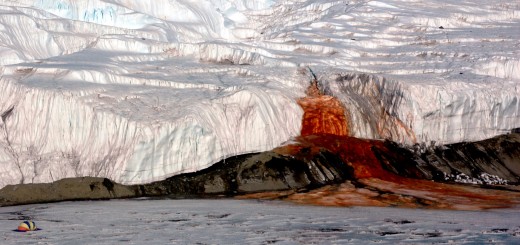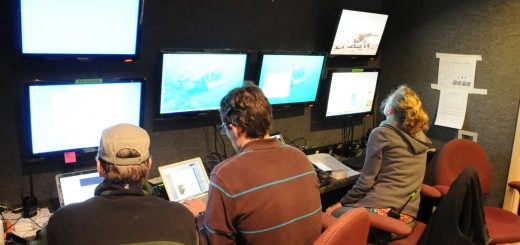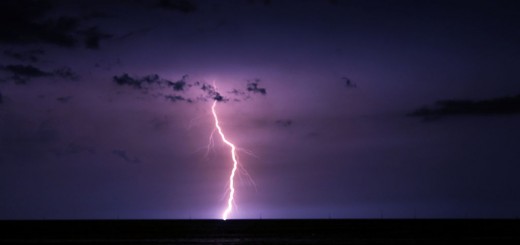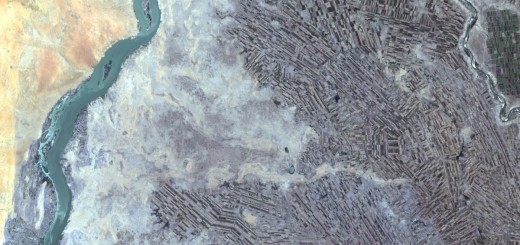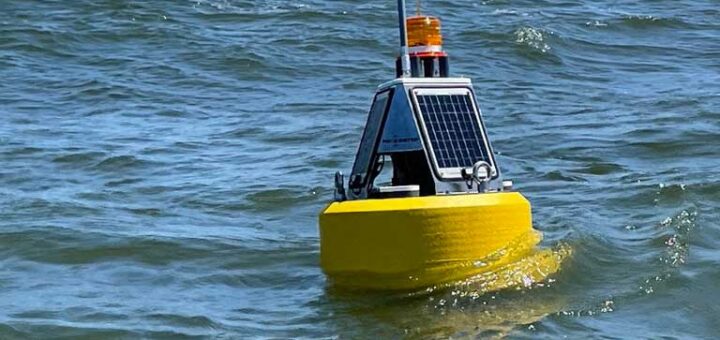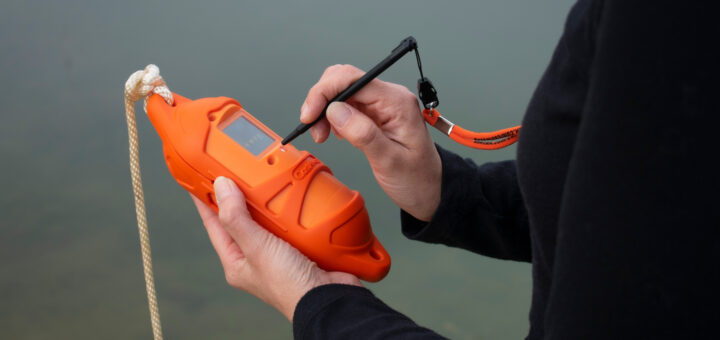Life in Antarctic lake similar to early fossil records
0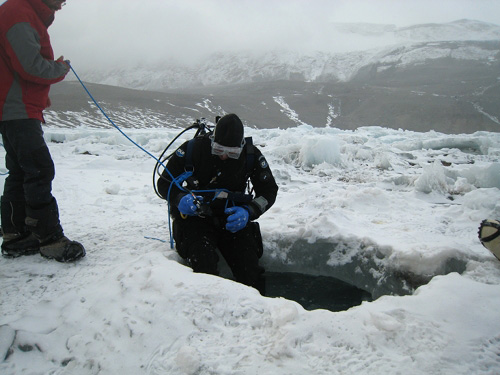
After penetrating the frozen surface of Lake Joyce, researchers began conducting dives as deep as 120 feet.
In a project supported by NASA and the National Science Foundation, UC Davis geologists Dawn Summer and graduate student Tyler Mackey have been profiling bacterial communities in an ice-covered Antarctic lake.
Lake Joyce, which resides in the dry valleys of Antarctica, is permanently covered with 20 feet of ice. In October, the geologists and their expedition members camped there for about six weeks. During this time, they penetrated the frozen surface to conduct dives up to 120 feet deep.
Using a laser scanning device to take three-dimensional data, the team was able to capture information about the lake’s structure. Life in the lake consists of bacterial communities known as microbialities. Over time, these communities grow to resemble rock-like formations. Sediment and water samples were also taken for analysis.
Because Lake Joyce is so far removed from human impact, the environment in which these bacterial communities grow has remained largely consistent. It has been noted that the microbialities are similar to early fossil records, tracing back billions of years of Earth’s history.
Utilizing the facilities at UC Davis’ Keck Center for Active Visualization in Earth Sciences, the team hopes to chart their data to better understand the microbialites. In learning how they form and grow, they hope to gain important insight into how life on Earth began.
Life in an Antarctic lake [UC Davis News Service] Image Credit: M. Marinova




